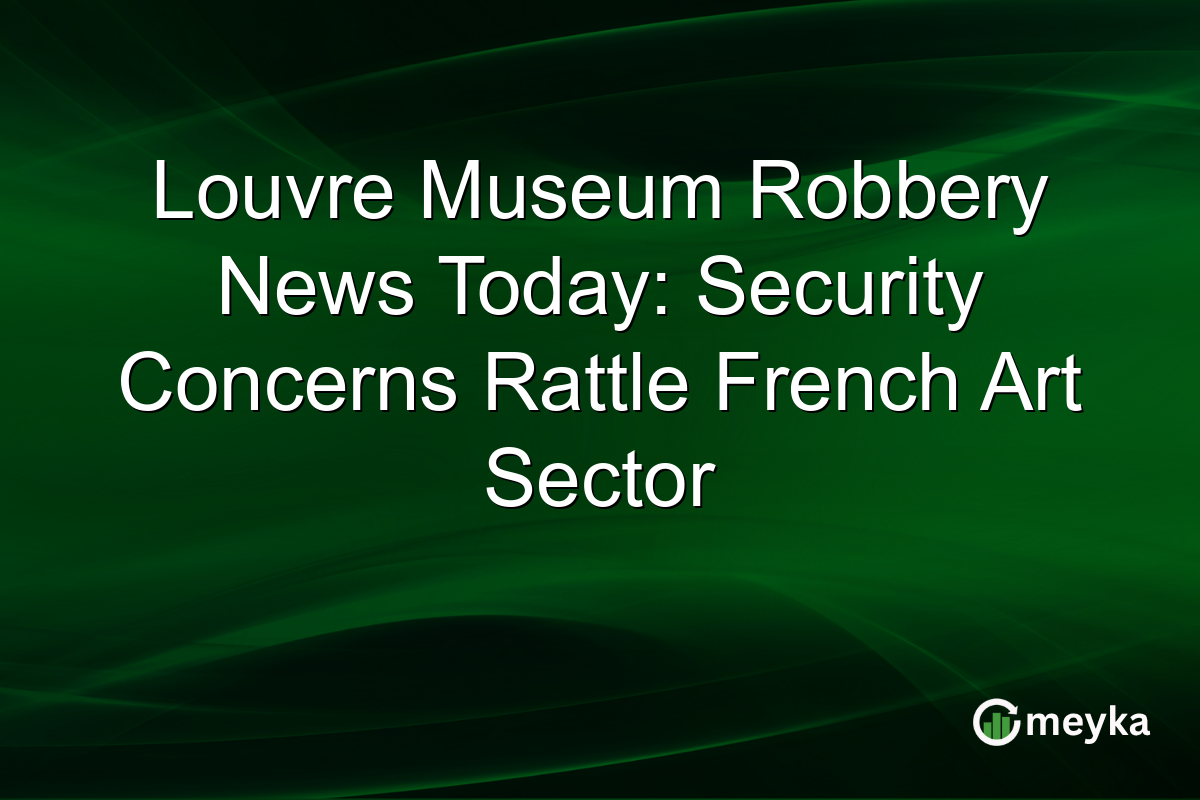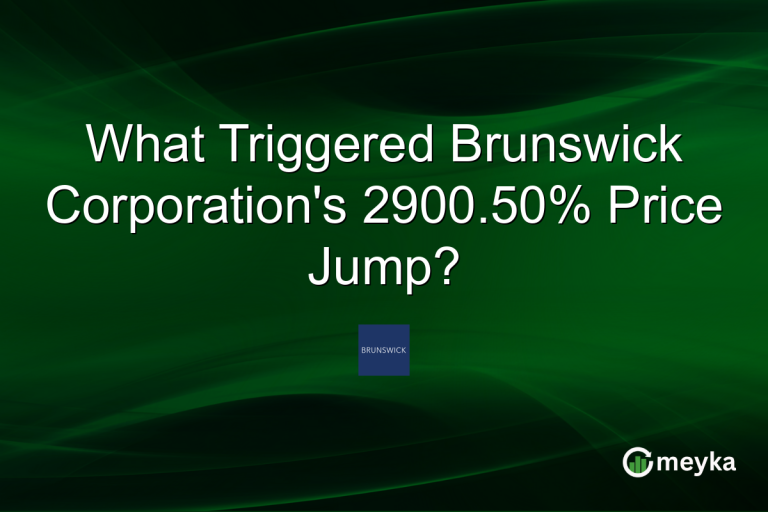Louvre Museum Robbery News Today: Security Concerns Rattle French Art Sector
A significant robbery at the Louvre Museum has captured global attention, underlining critical security gaps in one of the world’s most famed art institutions. The incident has prompted urgent discussions about vulnerabilities in public spaces, affecting financial trends in European insurance and risk management sectors.
The Louvre Museum Robbery: A Startling Event
Last night, the Louvre Museum, a cornerstone of global cultural heritage, faced a daring robbery. This bold act has once again highlighted the issue of art theft. Around 2 AM, thieves reportedly breached the museum’s intricate security system, causing widespread panic and concern. The burglary underscores the need for tightened Louvre security measures.
In light of the incident, insurance companies are now reassessing risks associated with art theft. Experts predict potential increases in museum insurance premiums if such breaches continue. Latest reactions on X about Louvre heist have further fueled the debate about museums’ security protocols, urging stakeholders to take proactive measures.
Impact on European Insurance and Risk Sectors
Following the Louvre robbery, European insurers are taking a hard look at their policies covering art museums. The event has propelled stocks of risk management firms slightly higher as they anticipate increased demand for comprehensive coverage. According to Bloomberg, the fallout from this robbery has invigorated the insurance market, driving discussions on how to mitigate such risks proactively.
European insurers recognize that the potential financial impact of art theft is enormous. With museums being prime targets, there’s an emerging focus on enhancing existing security infrastructures to reduce vulnerabilities.
Read more about the Louvre robbery’s impact on European insurers.
Broader Implications for the Art and Tourism Sectors
The implications of the Louvre museum robbery extend beyond immediate security concerns, affecting tourism and the arts. The Louvre, a beacon for millions of visitors annually, could see a downturn in visitor numbers if security issues persist. The robbery has prompted global discussions about art theft impact on cultural tourism, potentially altering travel patterns as tourists seek safer destinations.
Art galleries worldwide, recognizing these risks, are revising security strategies, influenced by this incident. This robbery highlights how art theft poses significant threats not only to individual institutions but also to national cultural assets, urging an overhaul of traditional security approaches.
Final Thoughts
The recent robbery at the Louvre has unfurled multiple layers of concern across security, financial, and cultural dimensions. It serves as a wake-up call for museums worldwide to reassess and strengthen their security protocols. Moreover, the incident has set off a ripple effect in financial markets, particularly within the insurance sector, prompting a reevaluation of risk coverage for art institutions. For stakeholders, adapting to these evolving challenges is crucial to safeguard cultural heritage and maintain public trust. Going forward, the art community must balance security advancements with the traditional openness that defines cultural institutions.
FAQs
The robbers reportedly exploited weaknesses in the museum’s surveillance and access control systems during low foot traffic hours. This incident illustrates the necessity for advanced technologies in securing high-value art.
The robbery has led to stock upticks in insurance and risk management sectors, as companies anticipate rising demand for more comprehensive art coverage policies.
The Louvre plans to upgrade its security measures by enhancing surveillance systems and implementing advanced access controls. This step aims to prevent future breaches and reassure the public.
Disclaimer:
This is for information only, not financial advice. Always do your research.






